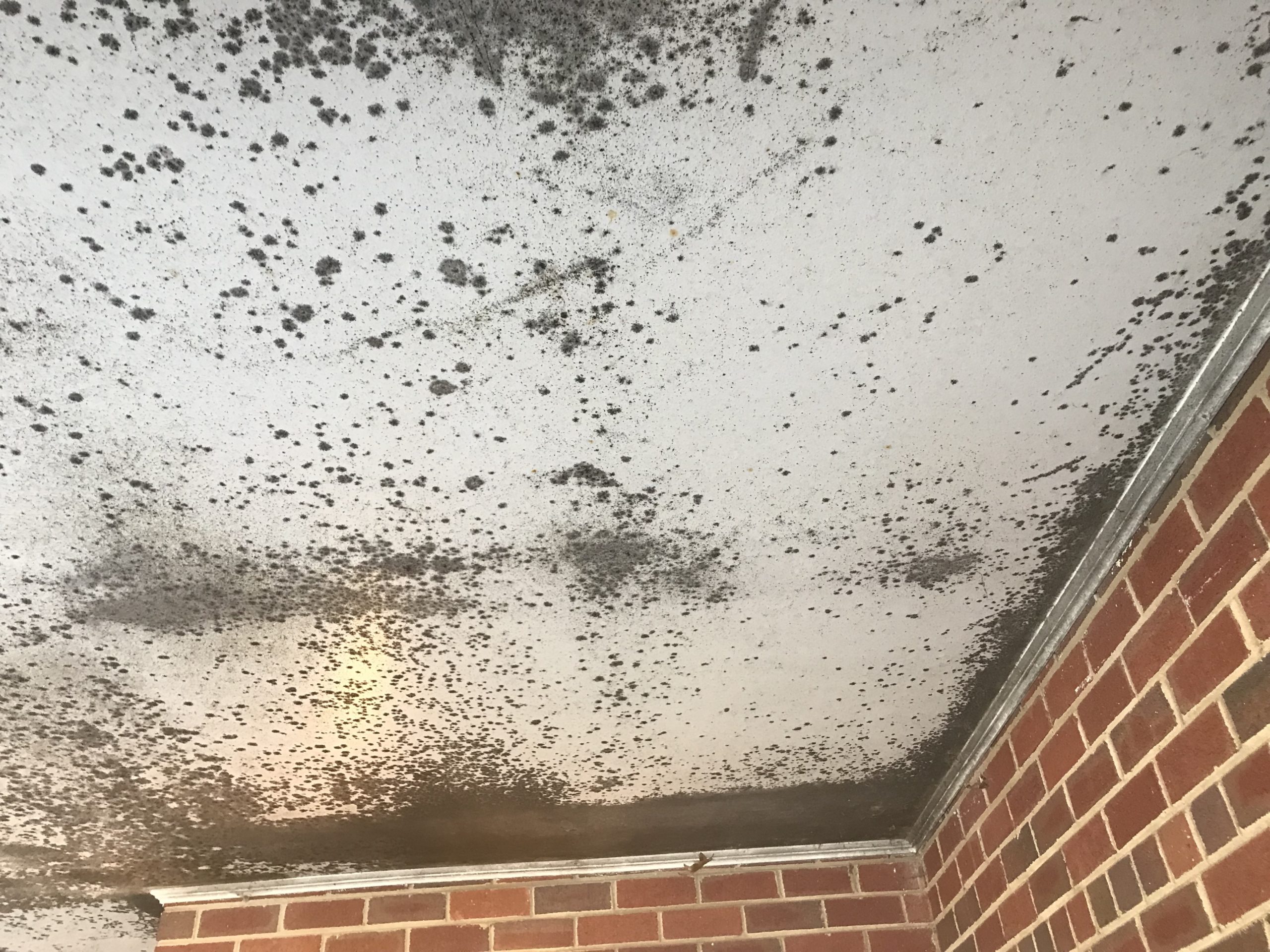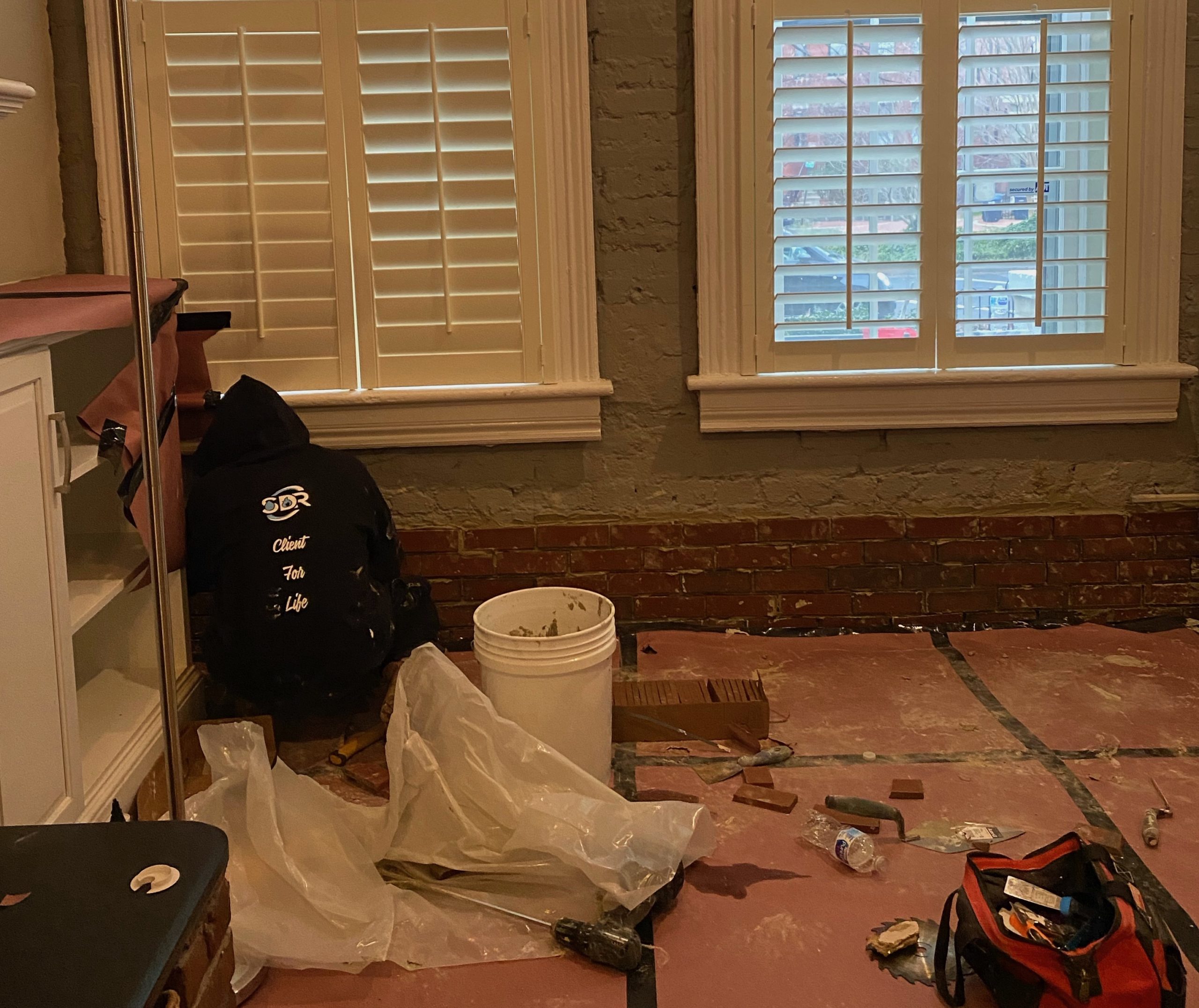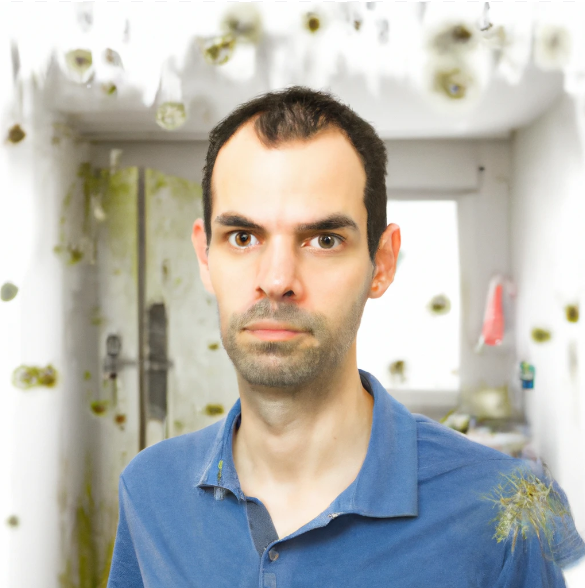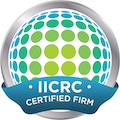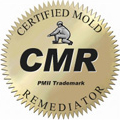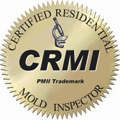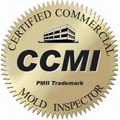They’re two words that strike terror into the hearts of homeowners everywhere. But what exactly is black mold? In fact, black mold isn’t just one type of mold. It’s a label applied to many different types of fungus. But stachybotrys chartarum is the species we tend to call black mold. And even thought it’s got a funny name, it’s no laughing matter.
This particular mold species contains melanin, hence its color. And like all fungus, it requires certain conditions to thrive. For example, black mold prefers humidity over 90% and poor ventilation. Also, it requires the right nutrients to grow.
Common places to find mold are wallpaper, drywall, and even furniture. Because this type of fungus needs poor air flow in order to thrive, you can even find it in crammed closets and packed bookshelves.
Conveniently, the Maryland Department of Health has some helpful tips and resources on their Mold Fact Sheet.
What Is Toxic Mold Sickness
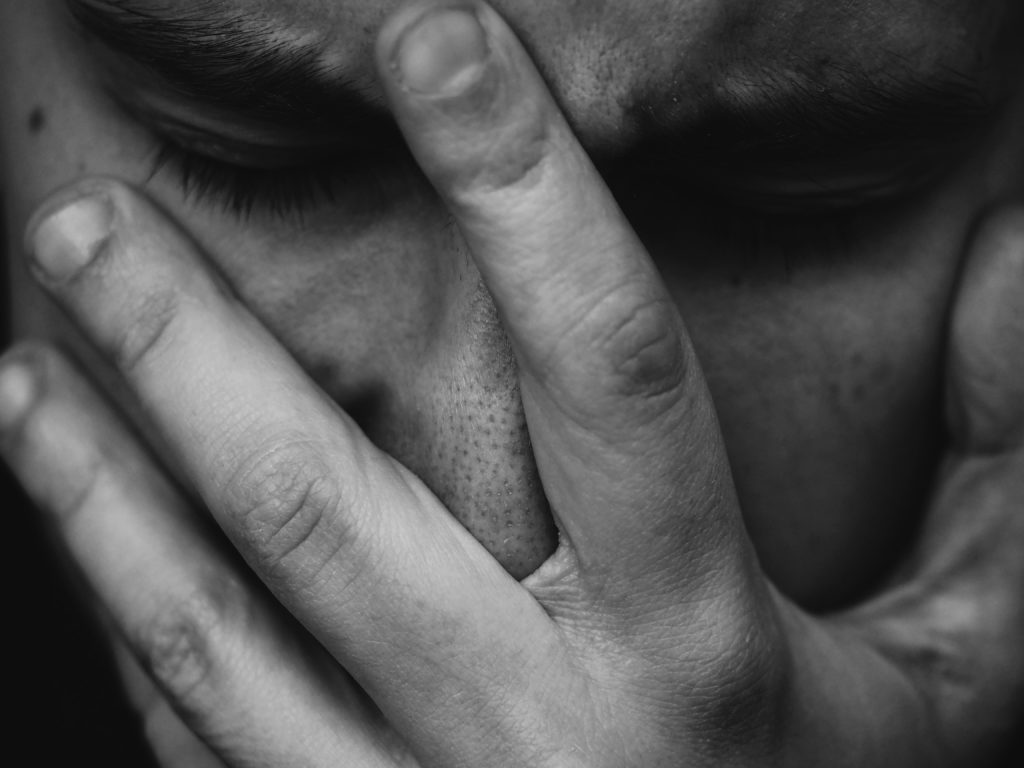
While damage to the home is worth considering, many people are far more worried about toxic mold sickness. And that’s a valid concern. But it’s also important to remember that not all mold is toxic, and not all types cause illness. Before hitting the panic button, hit the CALL button and get a professional on the case. Whether your mold is toxic or not, they can help.
Unfortunately, ingestion or inhalation of mold spores can lead to sickness. And certain people are more sensitive and prone to mold-related health issues.
Here are some common toxic mold health effects and symptoms:
- Coughing and sneezing
- Persistent headaches
- Chronic fatigue
- Irritated nose, throat, eyes
- Respiratory symptoms
- Skin rash
Obviously, if you or someone you love have these symptoms, pick up the phone. It really is better to be safe than sorry when it comes to mold spores in your home. And if your home has ever had water damage, all the more reason to get a test by the experts.
What Is Black Mold Removal

Luckily, there are professionals who can help restore your home. Whether you can see mold or it’s hidden, damage restoration experts will make your home beautiful and functional again. Because black mold can be so dangerous, it’s important to enlist a pro. Generally, removal of black mold goes something like this:
- Inspection for signs of mold
- Containment of all affected areas
- Removal of any damaged materials
- Thorough cleaning and sanitizing
- Removal of mold
Superior Damage Restoration offers mold remediation for home or office. And we’ll tackle any job, big or small. Whatever your situation, our mold experts have the skills and tools to get the job done. Of course, black mold is no reason to panic. But calling a certified professional ASAP is important.
The same folks who specialize in mold remediation and removal can assist with all-things water damage as well. Whether that means water removal, drying, inspecting for mold, or restoring personal belongings, we do it all.
Mold FAQ
Is all mold dangerous?
No. In fact, most mold is not dangerous. But it’s important to have a professional check for hidden mold and perform the right tests to be sure.
How fast can mold grow after water damage?
Mold spores can grow in 24-48 hours after excess moisture or flood. Because mold is often hidden, it’s critical to order an expert assessment if you suspect mold.
What is mold remediation?
Mold remediation might include disposing of moldy building materials, cleaning and disinfecting, and saving damaged items.
Can I remove black mold myself?
DIY is super fun, unless we’re talking about black mold. Because it’s dangerous and requires professional skill and tools, this is one job best left to the experts.

